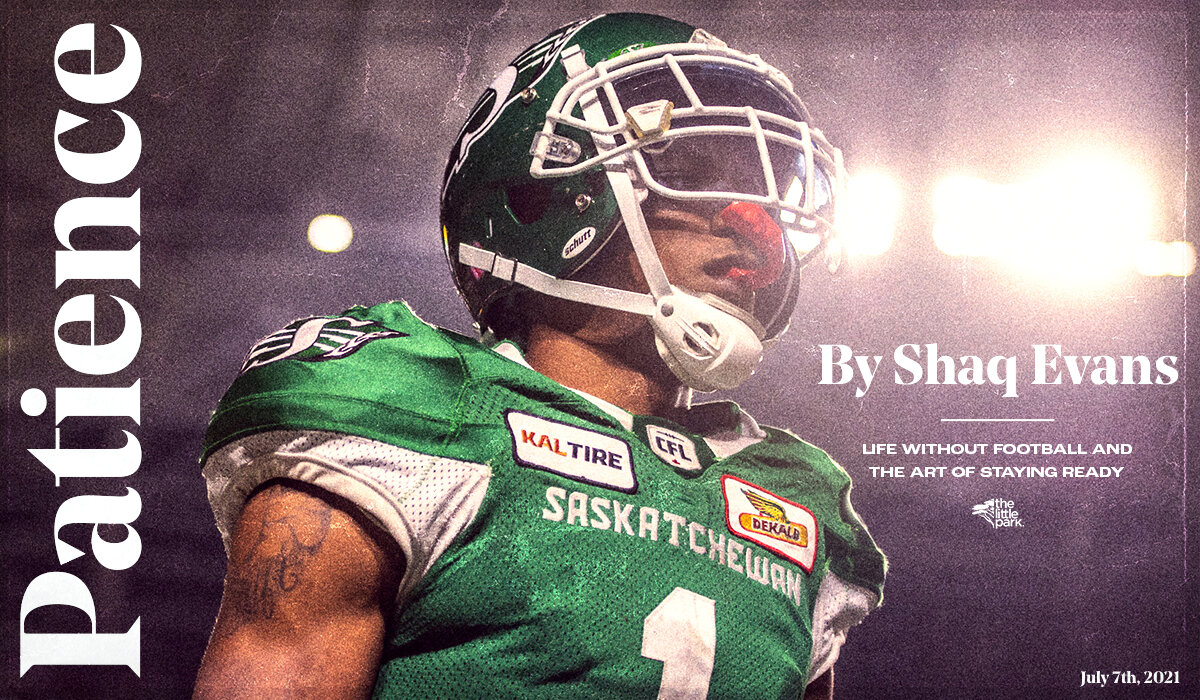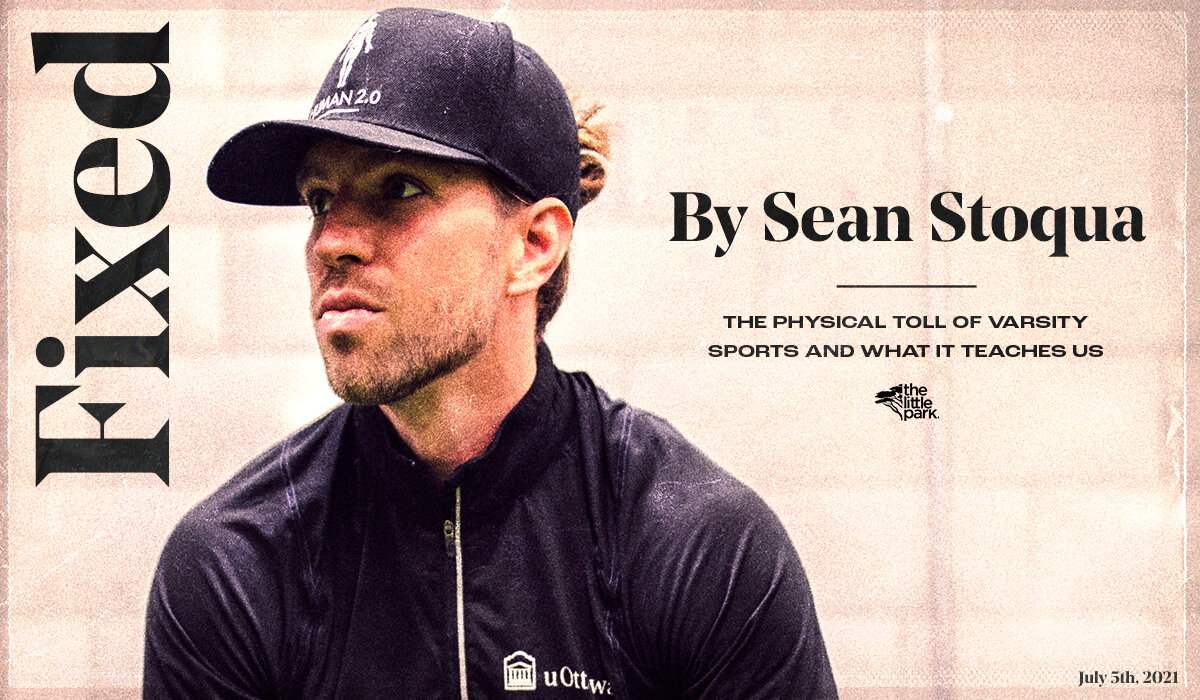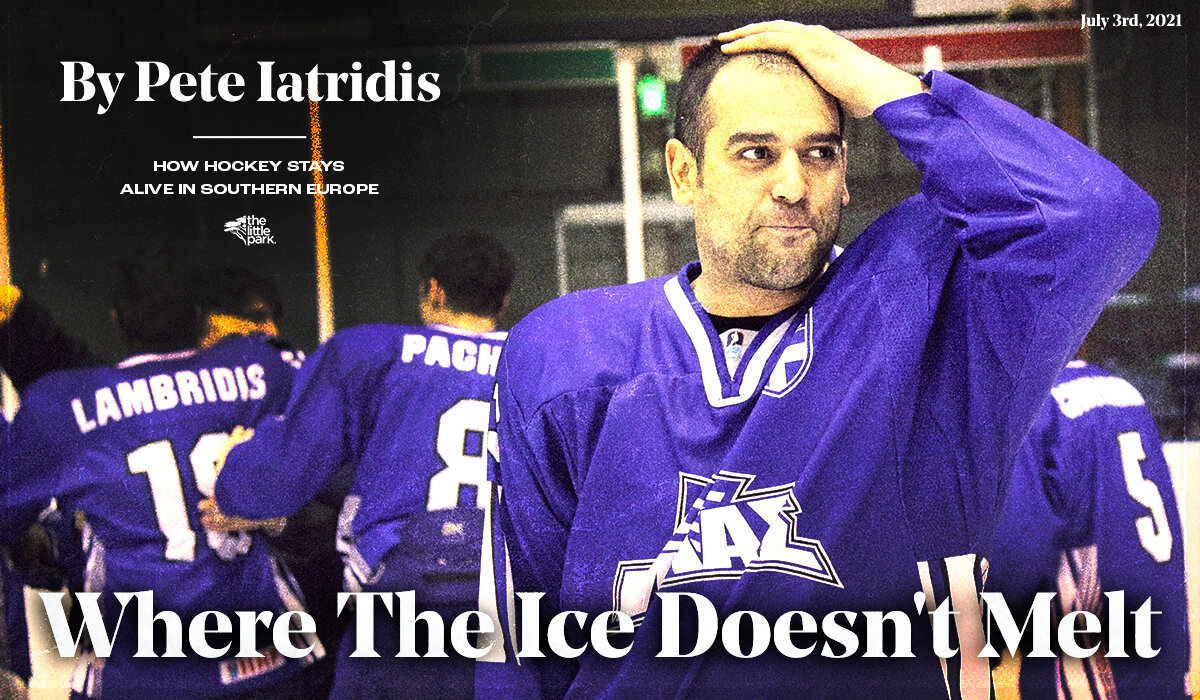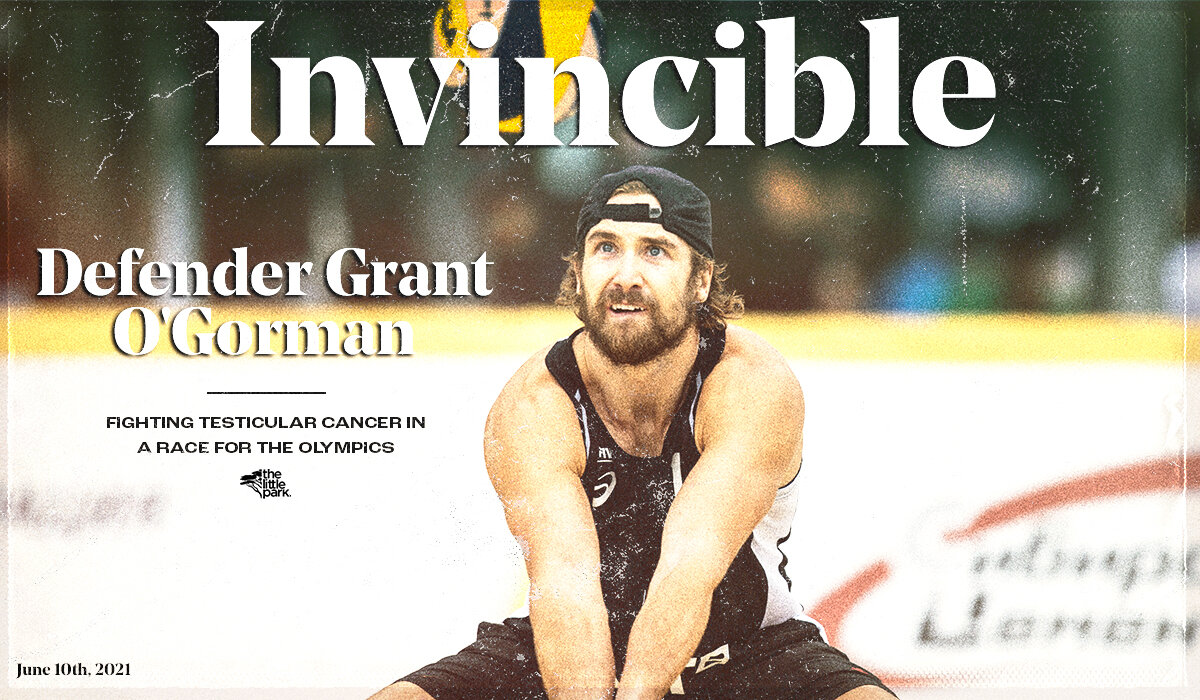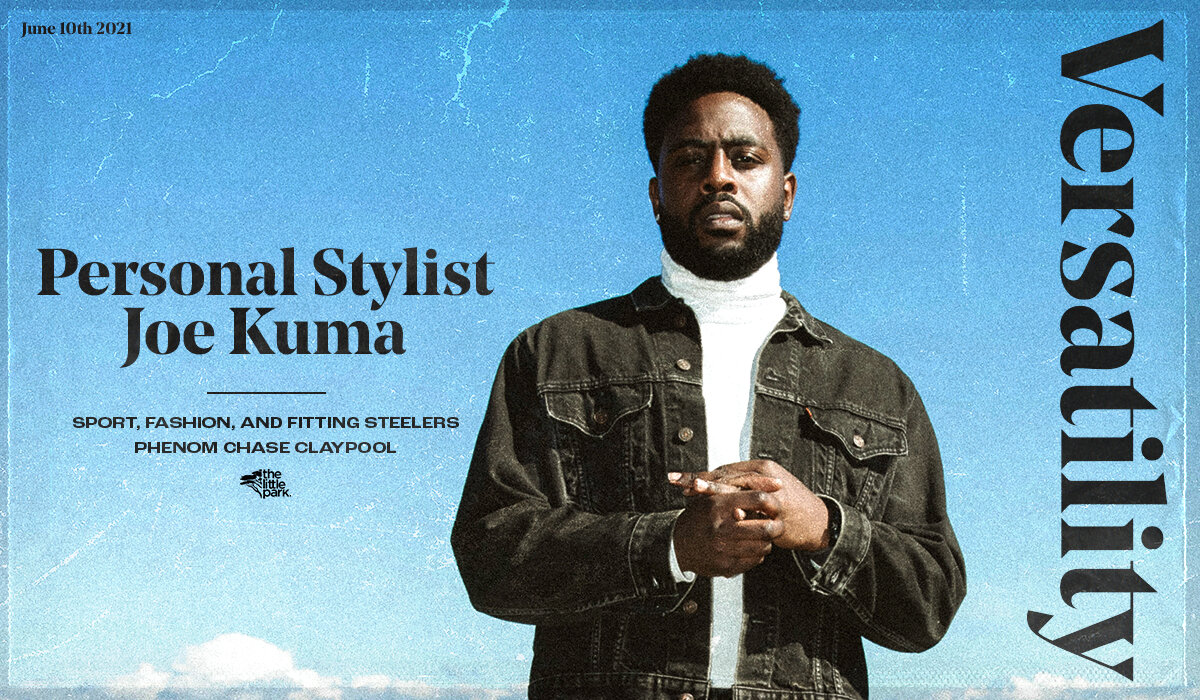I go back a long way with the Saskatchewan Roughriders.In the 70s, I was a player. In 2005, I became President and CEO of the team.But in the 90s, I was an alumni and, frankly, just a fan.At that time, I was very skeptical of the CFL’s expansion into the United States. I know they were desperate and the league was in trouble. They were hemorrhaging money and looking for a lifeline to keep going. A lot of people found it exciting to take the league to the southern United States, Baltimore, California and so on. And some good things came from it. Players, coaches, and executives were found. Executives like Roy Shivers and so on.But the cost of doing business in the American market was too high. I wasn’t surprised when it didn’t last. The league went bankrupt in the 90s and we had to bail ourselves out. Teams like the Saskatchewan Roughriders had to resort to community-led telethons to survive.As Canadians, we had to regroup and become what we’ve always been. A Canadian Football League.When I look back at my time playing in the 70s, we knew the NFL was there.In my first year with Roughriders, in ’73, I’m sitting in the locker room directly across from the great Ron Lancaster, George Reed, Ed McQuarters, Bill Baker and the list goes on. For these Americans, there was always that looming thought of the NFL.That year, I remember George Reed saying he had been offered a contract from the Denver Broncos. Three years, $100,000. But that was within the range of what George was already making in the CFL.At that time, playing in the CFL provided good income. The Canadian dollar was strong. But just as importantly, players had good secondary jobs. George was a sales representative for Molson’s. Offensive Lineman Jack Abendschan worked in the potash industry and Gary Brandt worked in government. I started my teaching career in 1975.Guys were living a real life. And in being happy with that life they bought into the communities they played in. You’d run into George Reed or Ron Lancaster at Safeway and they’d gladly visit with you. There was this grassroots bond between organization, player, and fan.When I became president and CEO of the Roughriders, we recruited home grown, Canadian players like Chris Getzlaf. Look at guys who are still there. Linemen Dan Clark and Brendan LaBatte. Danny is from Regina. Brendan, just over an hour away, is from the city of Weyburn.Paired with that, I created a lot of controversy early on as president of the Roughriders by advocating for the removal of “blackouts”. That is, when home games were not aired on television for fear that fans wouldn’t attend the games. But when we lifted those TV restrictions, game days became a province-wide event. Whether it was distance, money, or farming — if you couldn’t come to the stadium you could watch the game and fans felt taken care of.You’d hold Roughrider parties, in town or out of town, in living rooms, garages, and yards. You’d dress up in green and white. We began to hear from fans across the province that “jerseys and hats weren’t enough”. Women spoke up, for example, and said that we needed to make products more inclusive. We listened to our fans and merchandising went through the roof.The players stayed, got jobs, had families, held speaking events, and created a life in Regina.Because of it all, we became the financial juggernaut of the CFL. We sold-out our stadium. There were years we sold more merchandise than the entire rest of the league combined.Players and fans alike bought into the brand and the culture of being a CFL franchise and a Saskatchewan Roughrider.But that just doesn’t seem to be the model we work with league-wide.Players, now, are often on one year contracts and are looking to leap into the NFL at a moments notice. That’s where the big money is. And for American-born players, that’s home.I don’t blame them.But I recognize what it has cost the CFL.The league no longer has continuity. With players clamouring to get down south, we don’t know who our teams are anymore. And so how do you develop a connection with the community? How do you form a relationship off-the-field with any sort of intimacy? I don’t want to sound like, “back in my day”, but when I played, we knew that George Reed was our running back for the next decade. When I was president, and during our 2007 Grey Cup win, we had American stars like Matt Dominguez buying into our brand. And then Canadians like Neil Hughes, Mike McCullough, and Chris Szarka. These guys were engrained into the fabric of our community and the CFL was healthier for it.It wasn’t that these guys didn’t have any reason to leave for the NFL. Maybe they could have made more money throughout their careers, say, on a practice roster. But they stayed in the CFL because they had so many more reasons to stay. Are we still creating those reasons in the CFL for our players and fans?We are a “gate driven” league. We’ve said that 20 to 25 thousand fans per game is great for attendance. We have to build our stadiums appropriately and market them as that intimate, involved fan atmosphere that people want.Look at the new stadiums in Ottawa and Hamilton. Montreal playing at McGill University. Smaller capacity, cheaper tickets, and an electric atmosphere that players and fans want to be in every week.Television will always be a prominent factor, but as I mentioned, during my tenure with the Roughriders we put resources towards building a community narrative that rallied viewership.It is, yes, a two-way street.Reward the fanbase by investing in players who see a future in our communities. Get these players to buy into the notion that by living here, they’ll play good football, make some money, but most of all develop their life after football. When you're 22 years old you think you can play in the NFL. You don't think it's ever going to end but it does, in fact, end. The average career is still, I think, less than four years.At some point in a player's career, when they're in their mid twenties, they realize that they're not going back to the NFL. They’re here. At 27 or 28, they might be freakishly good and there still may be an opportunity for them to go back to the NFL. But that's a pretty narrow window of opportunity. And yet, they still have good years left in the tank. If a player takes care of his body and trains during the offseason, is lucky enough with injuries, there’s no reason they can't play into their early 30s.The key is to look at players who have been down to the US and realize their best bet is to finish up their careers in Canada. Sign them to long term contracts. Try and get them to stay here and focus on that investment rather than trying to churn twenty new American players every year on a 45 man roster.What’s important is that we act within our means. We are not the NFL. We have to stop kidding ourselves. Look at the number of football players available in the United States. Look at the populations, the marketing money, the stadiums.Look at our bigger markets in the CFL. Toronto, Vancouver, and Montreal. Do we seriously want to go head to head with the Toronto Blue Jays? The Vancouver Canucks? The Canadiens? As I said, let’s stop kidding ourselves.But let’s take a lesson from our modern day predicament. We are grappling with the COVID-19 pandemic. Despite all of our titanic gains in social media and technology, the one thing that seems to be most missed during these challenging times is the intimacy and connections that people have with each other and their communities.We all want to be part of something bigger than ourselves.We have to sell that mantra again in the CFL to our players and our fans.For teams in the CFL, whether they be community owned or privately owned, both models can work in this league. You can be surrounded by a stable community like Saskatchewan or an ownership group with deep pockets and an open mind like in Ottawa. It comes down to the mission and it comes down to trust and understanding between ownership, team, and community.I like our commissioner, Randy Ambroise. You can’t completely fault an individual for how they react during an unprecedented crisis, like this pandemic. Did Randy get on the case of the government too quickly? Was he too aggressive? Maybe that was a false step, sure.But the bigger lesson throughout all of this is transparency and connectivity.One of my beliefs is that we need to have a closer and more transparent relationship with the players and fans, especially given the size of the league. It needs to become a priority because the players and the fans are the game. That's what it really comes down to. And we need them to fully understand what the model is and how they fit into it.That connectivity was strong in Saskatchewan during my tenure. Now, when when we look at our rosters league-wide, we have to start thinking about continuity again. We have to allow players the opportunity to connect. We have to help them find jobs for their spouses and partners. Again, that may be “old school” and there are people who certainly challenge my thinking, especially in this decentralized world of social media and fantasy football.But I do think it is still the way the world works. That innate desire for human beings to connect with other human beings and form relationships. That will always be the great thing about Canadian football.








